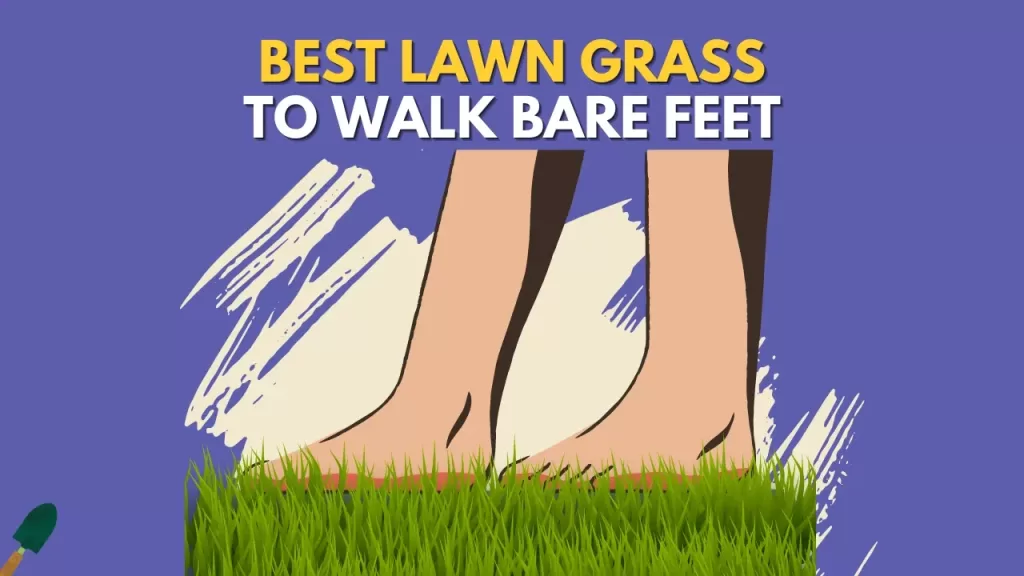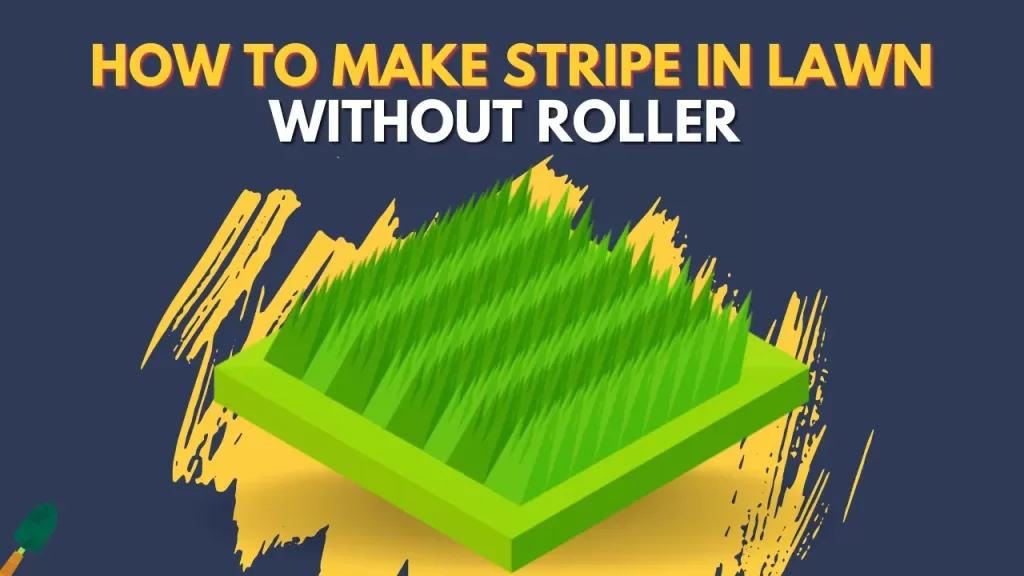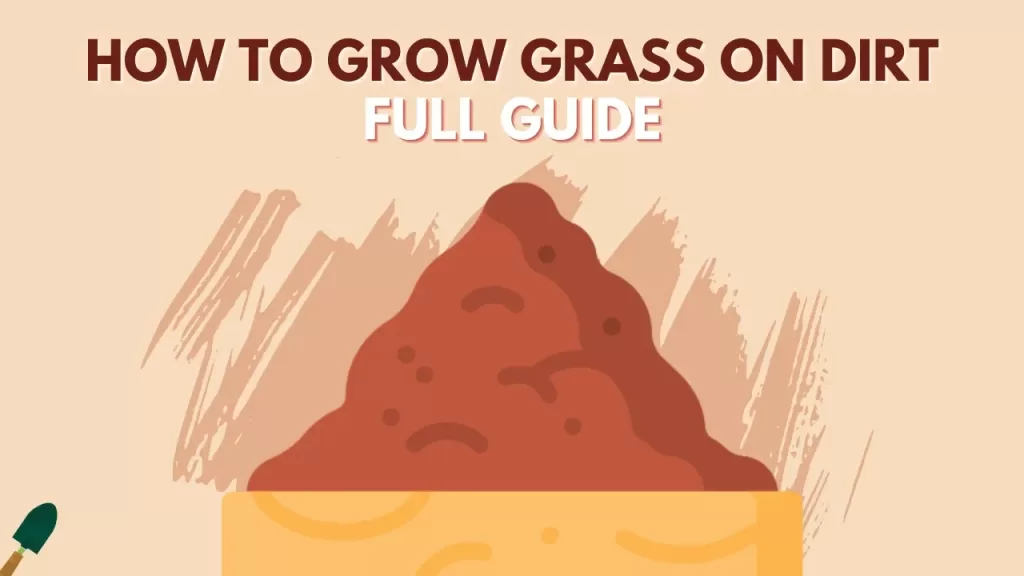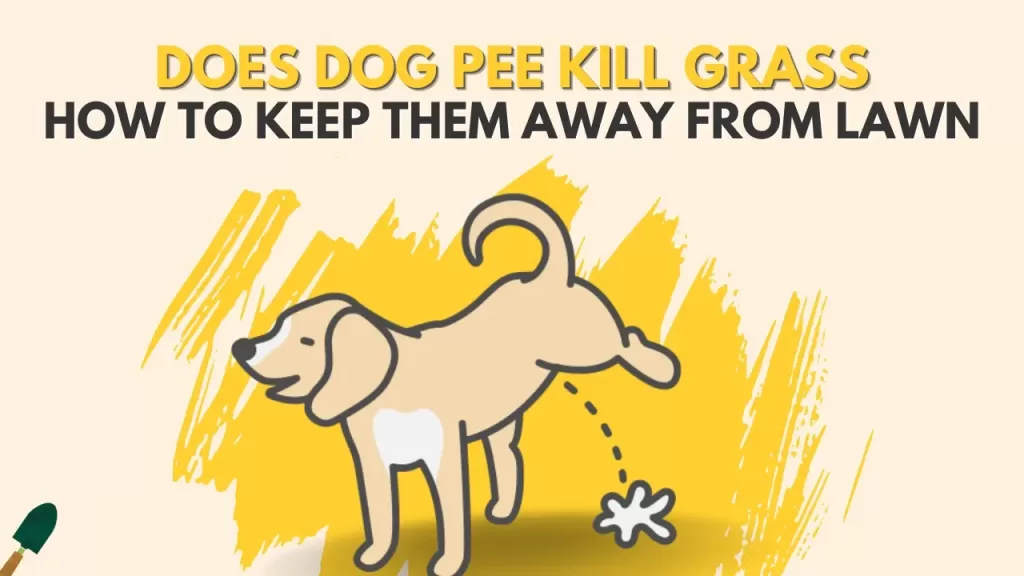Everybody wants their lawn to look beautiful and green from the day they planted the seed. But as we all know everything needs time to grow and become beautiful.
It takes between 7 to 30 days for the seed to germinate. Different grass types take different times to germinate and grow. Other factors such as the temperature, soil condition, grass type, and watering method also influence the germination process of the seed.
It is usually the time grass takes to grow but different types of grass grow differently in the lawn and take different amounts of time. Let’s discuss this in detail:
Understanding different grass seed
The main thing which factors how fast or slow the grass will grow is what type of grass it is. Let’s see how much time it takes for different types of grass to grow.
- Perennial Ryegrass: this grass is very commonly found in lawns and can tolerate heavy foot traffic also. It requires a lot of watering but It germinates fast in just five to seven days.
- Red Fescue: This is a cool-season grass and also does well in the shade and requires little watering. It can germinate in about 12 to 22 days which is more than twice the perennial grass.
- Zoysia Grass: This is a popular warm-season grass that can tolerate drought and handles foot traffic well. Zoysia germinates slowly, though, and typically needs between 14 and 21 days.
- Annual Ryegrass: This is a fast-growing and versatile grass, but it’s a warm-season grass and doesn’t grow well in winter. It typically germinates in five to 10 days.
- Bentgrass: This is popular perennial grass among lawn owners. It is a cool-season grass that can often be seen on golf course greens. It germinates within 10 to 15 days.
- Kentucky Bluegrass: This is a hardy grass that can grow very well in winter, but it takes longer to germinate. The usual time for Kentucky grass to grow is between 15 to 21 days.
When is the best time to plant seed?
The most common answer to this question is to plant the seed in the spring. But that’s not always the case. Some other factors such as your location and seed type also decide when to plant the seed on your lawn.
If you live in a mild climate, select the grass which is compatible with warm weather and your environment. If you live in a cool environment, you need to select seeds that flourish in cool weather such as Bentgrass or Kentucky Bluegrass, and spring would not be a good time to plant these cool-weather seeds.
If you are living in a warm-weather environment, but the spring season is over, you may consider delaying the project for next year or ask for professional advice. Another thing to consider for the best time for the seed plantation is, how much water that grass requires.
If you are living in an area where droughts are common and you plant Perennial Ryegrass on your lawn, then you are in big trouble. This grass requires lots of water to grow and thrive and can’t survive drought, so the best time to plant this grass would be in the rainy season.
General things to keep in mind.
- Don’t plant warm-season grass if there’s a threat of frost within 60 days. In cooler climates, think 90 or more days.
- temperature between 60 to 75 degrees is best for cool-season grass during the daytime.
- When temperatures are below 55 degrees in the daytime, it’s too late to plant cool-weather grass.
Tips for proper seeding
Preparation of soil
Whether you are repairing an existing lawn or building a new one, soil preparation is key. And to prepare good soil for seeding your lawn, you need to keep certain things in mind.
- Kill any existing weed from your lawn, but take care: chemical weed killers have certain wait times before application and seeding new grass. So you need to wait after applying the herbicide so that it doesn’t affect the growth of the grass. Follow the manufacturer’s guide for proper direction and wait time.
- Test your soil for pH level and other nutrients, to see if your soil is in a healthy shape. If your soil’s pH is too high or low, take the necessary steps to make it normal.
- Rake the soil for proper seeding, removing rocks and other debris from the soil.
- Aerate the soil properly to make it suitable for the soil to absorb proper nutrients, which you will be applying after the seeding.
- Avoid any foot traffic before and after the seeding so that it doesn’t harm the germination process until you mow your lawn for the first time.
Watering
Watering your lawn is a very crucial part of the speedy germination process. It can make or break your new lawn. Starting from the day you spread the seed, water your lawn daily until it has germinated.
At this stage, your only goal is to keep the upper surface of the soil moist. Do not water your lawn heavily to the point of runoff or making puddles or you may wash away the seeds even before they have a chance to root. You may have to water 2 to 4 times daily for only a couple of minutes.
After the grass seed germinates and makes small roots, your goal is to promote deep root development of your grass. Gradually start decreasing the frequency of watering and water your lawn for a longer duration. Here’s how to do it:
- From day 1 to day 14 water 4 times a day with a light watering of 10 to 15 minutes
- From 15 to 21 days increase the duration to 30 minutes of watering every day.
- From 22 to 28 days increase the duration by more to 40 minutes and reduce the frequency to only water the lawn on alternate days.
- After 4 weeks reduce the frequency of watering to once a week with a duration of 45 to 60 minutes which will provide an inch or 1.5 inches of water to the lawn, which will be enough for the lawn to be healthy and thick.
Fertilization
Fertilization of your lawn is a necessary part of the process after you are done with seeding. If you have tested your soil in the early stages of soil preparation, then you will have all details of what your soil contains. If the soil has a low nitrogen level then you will be applying a fertilizer that has a high ratio of nitrogen. Do the same for phosphorus and potassium as well.
The other thing to care for is by using a mixture of fast and slow-release fertilizers. If you only use a fast-release fertilizer in full quantity, then there is a chance that it can burn the grass. On the other hand, if you only use a slow-release fertilizer, the growth of the grass will be slow at the start, which nobody wants.
Using a mixture of fast and slow-release fertilizers will ensure that at the start the grass will get a boost from the fast-releasing fertilizer and after that, the slow-release fertilizer will ensure that your grass gets proper nutrients for growth in the long run.
Mowing
This part is not important at the start of the seeding process, but it’s important after your grass has grown to about at least 6 inches.
You mustn’t cut your grass before that. The grass needs time to build a deep root system. If you mow your grass before that, then it can damage your grass and will ruin all your efforts.
After 6-8 weeks of seeding, you can mow your lawn, but cut only 1 inch of the grass. Mow your lawn on the regular basis, cutting only a small portion from the top. It will promote lateral growth of the grass and your lawn will look thick and flourish.
Can You Speed up Germination?
My answer would be ‘No’. No, you can’t speed up the germination process. There are no hacks to speed up the growth of the grass. But there are certain things you can do to make sure the germination process goes well.
- Clean up the soil from weeds and other plants
- Aerate the soil and rake it to provide essential nutrients to the seed
- Mulch after the seeding to keep the soil moist
- Fertilize the soil with starter fertilizer
- Check to see unwanted plants after the seeding and remove them
Plan Well
Before you put down the seed on your lawn, make sure you do your research. For the best possible outcome, make sure you’ve chosen the right seed for your location and weather.
You must also pay attention to the other details that can help your seeds germinate — like the quality of your soil, outdoor temperatures, and regular watering. If in doubt, ask a professional at a local nursery, or your neighbours who may have planted grass seed in past years.
Have an amazing lawn.





